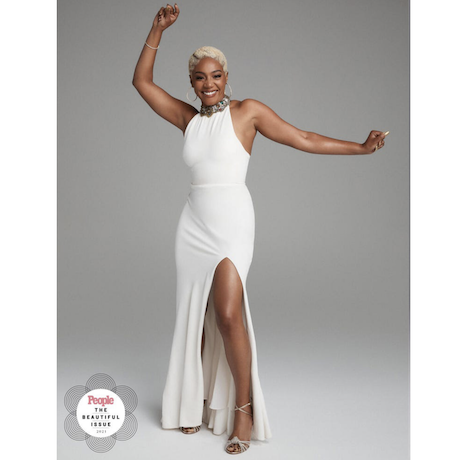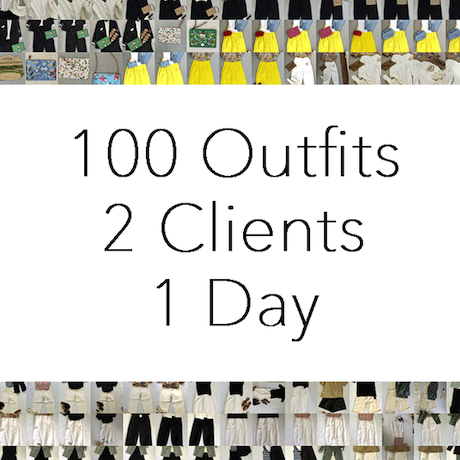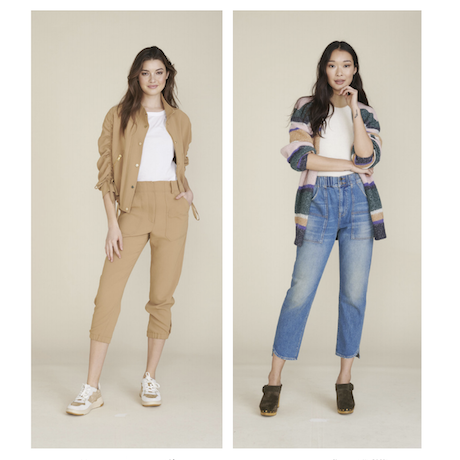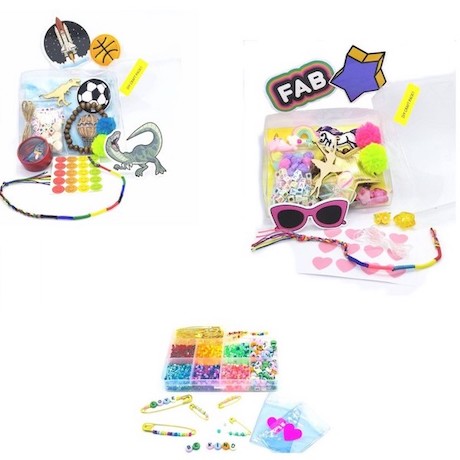Does Your Wardrobe Really Suit Your Real Life?

Over the course of writing for Alexandria Stylebook, I have hopefully introduced some techniques that help with your wardrobe. There are so many things to remember…budgeting, changing styles, flattering silhouettes for body shapes, color stories, outfit uniforms, and the ever popular cost-per-wear. Keeping this all straight as you head out to purchase a few new items for spring can be difficult. It’s easy to fall into the old habits where muscle memory kicks in and you walk away with more of the same “questions” rather than solutions.
One can empathize with women who only purchase complete outfits to ensure they have it all covered. But without crossover, this can lead to more volume than necessary. I believe in a well-appointed closet where every piece has a viable solution that fits into the overall identity of the individual as well as their lifestyle. Regardless of the whimsy of what’s trending, developing an understanding of your own style by creating your own rules is the basis of looking and feeling your best.
How many of you feel you have the wardrobe that suits your lifestyle? For those of you that said yes, does your wardrobe have any unanswered questions — meaning, have you invited something into your closet that has asked a question instead of answered one? Most of us have not fully addressed true balance in our wardrobe and thus find it hard to get dressed even though we have plenty in our closets. Below are two exercises I invite you to try before you start shopping for spring.
 Ironically, Mind the Mat posted this on Instagram a couple days ago…nice, ladies. I’m sure this does represent your lifestyle!
Ironically, Mind the Mat posted this on Instagram a couple days ago…nice, ladies. I’m sure this does represent your lifestyle!
Taking a hard line approach to closets, what if I told you every item in your wardrobe must have a functional relationship to your seasonal activities. So how do we do this? First, consider your wardrobe quarterly throughout the year: March, April, May as spring quarter; June, July & August as summer quarter; September, October, November as the fall quarter; and, December, January, February as the winter quarter. Your spring and fall quarters are higher volume shopping periods, with winter and summer being smaller for specific for seasonal essentials. Every quarter you want to assess lifestyle and events in order to keep your closet functioning and relevant to your needs.
For the sake of generalizations, I suggest trying a pie chart — geometry at its finest — where data fits into 360°. Get a pencil with an eraser on the end so you can play around with the chart. List the activities in your life you anticipate for the next three months.
Casual — for working from home, hanging out on the weekends, running errands, etc.
Active — for working out, hiking, walking the dog, etc.
Professional — for corporate jobs, business meetings, etc.
Business casual — for 9 to 5 jobs, more casual work meetings, etc.
Semi-dressy — for dinner dates, going out with friends, etc.
Dressy — for special occasions, a nice date night, etc.
Formal — for formal events, weddings, etc.
When thinking of these activities you will also want to establish criteria that must be met in order to vet the items you are considering. Here are just a few to get you going:
- Weather conditions or general temperature (both inside and outside, taking air conditioning into consideration if you tend to get cold easily indoors).
- Heel height preferences for excessive walking or standing
- Level of maintenance to which you are willing to commit in order to properly maintain
- Allergies to fabrics and materials
Now draw pie chart that represents the frequency you wear for each occasion.
 Then you want to look at your current wardrobe. Eyeball the types of clothing you have represented for each of your categories and draw another pie chart.
Then you want to look at your current wardrobe. Eyeball the types of clothing you have represented for each of your categories and draw another pie chart.
 Compare your charts and determine if you have the correct amount of clothing for your activities.
Compare your charts and determine if you have the correct amount of clothing for your activities.
 Now, I’m sure there may be at least one or two of you out there that are thinking some of the overages in an area are for the anticipation of a life-change moment such as going back to work or changing jobs where professional attire is needed. There are a few things we should keep in mind when trying to prepare for “one day” — the variables. Time may have stood still in the confines of your closet but the real world is an ever-changing place where age, shape, and styles are all moving ahead, so when that moment arrives for that certain piece you’ve held onto, odds are one of the variables will more than likely keep you from wearing it.
Now, I’m sure there may be at least one or two of you out there that are thinking some of the overages in an area are for the anticipation of a life-change moment such as going back to work or changing jobs where professional attire is needed. There are a few things we should keep in mind when trying to prepare for “one day” — the variables. Time may have stood still in the confines of your closet but the real world is an ever-changing place where age, shape, and styles are all moving ahead, so when that moment arrives for that certain piece you’ve held onto, odds are one of the variables will more than likely keep you from wearing it.
With your two pie charts in front of you, you should be able to identify what areas in your wardrobe are underrepresented and overrepresented. When I edit someone’s closet, I identify the outliers and make a case for getting rid of them. Why? Because they ultimately suck the energy from the closet causing more harm than good. Take a deep breath because I’m not going to ask you to purge the overrepresented areas (yet!). It can be helpful to see what you have a lot of before you go out shopping in order to prioritize plugging the holes in the areas that are underrepresented.
Creating a great wardrobe takes time. Ideally, every part should have a relationship to something else you own. Here’s a generic list of pieces and it may help to identify the ones that work best for you vs. the ones you tend to avoid. These will help develop your own set of rules that are specific to you and defy trends. Colors can also be added here in order to create a wardrobe utilizing a cohesive group of colors instead of anything you happen to come across that fits.

Balance is another way to develop your own dream wardrobe. Every piece will fall into one of the following three categories. Key Pieces, Statement Pieces, and Basics.
Key Pieces, $$$
This is the bread and butter of your wardrobe and best represents your lifestyle — jackets, pants, skirts, shoes, bags, tops. This is where you want to invest the most since you will not only wear them frequently but these pieces offer you the most impact on your style.
Statement Pieces, $
These are the showcase items that add spice to your style — bold shoes, jewelry, tops, dresses, skirts in bold prints or colors or have unique details. Ironically, based on Cost-Per-Wear, you should not spend a lot of money on these pieces unless your lifestyle offers you the ability to utilize them enough to substantiate the price. Here’s my 80/20 rule article that may help further.
Basics, $ – $$$
These are the supporting cast items in your wardrobe; simple (still befitting your style) gap fillers to complete outfits — t-shirts, denim, solid colored shoes in neutrals. Basics can be found in every price point and based on your level of usage, purchase accordingly.
What’s interesting, based on your style the combination of the above categories changes for everyone. The overall goal is to come away with a variety of outfits that utilize these pieces and offer you a variety of ways to configure them. Finessing the rhythm takes practice — or you can always get a professional involved.
Here’s your final exercise:
- Identify five Key pieces that you love and represent your style.
- Identify five Statement pieces that support the Key pieces and flush out your style further.
- Now, put some outfits together using just the above 10 pieces and identify the Basics you would need to complete the outfits.
If you have them, great! If you don’t, you are well on your way to your spring shopping list!








